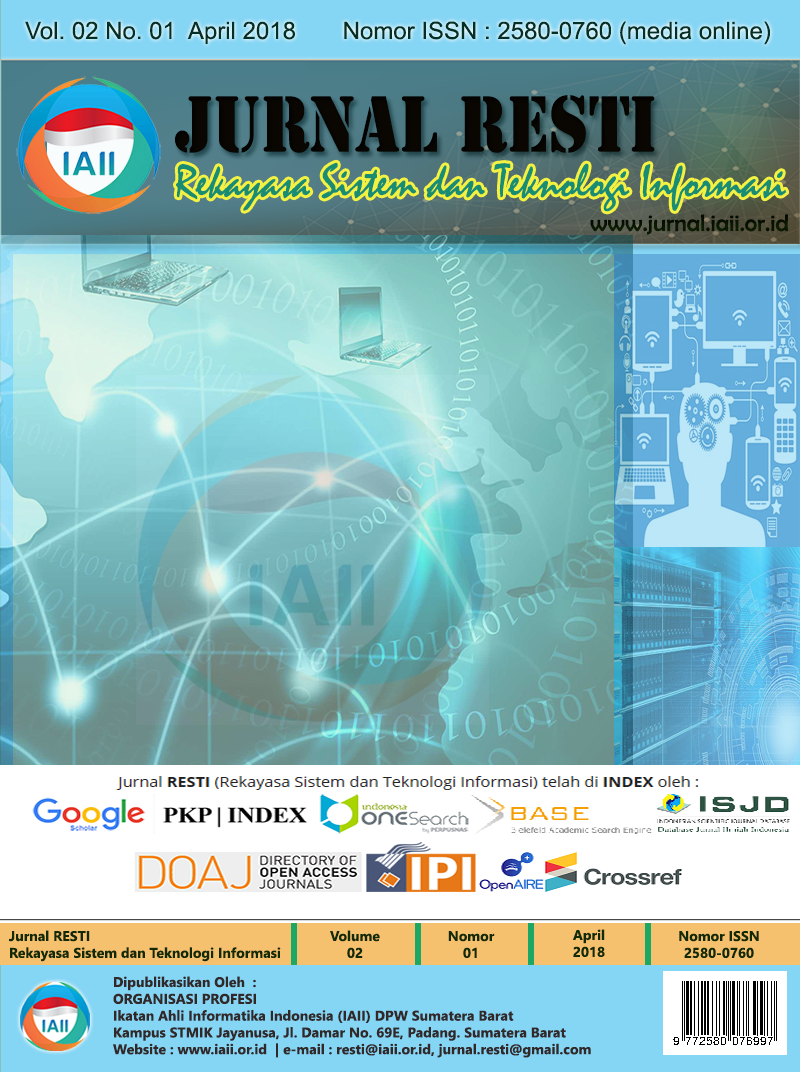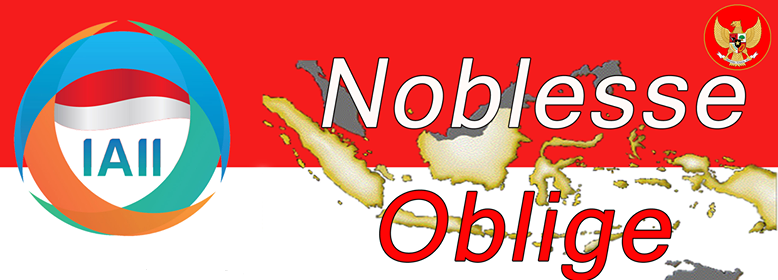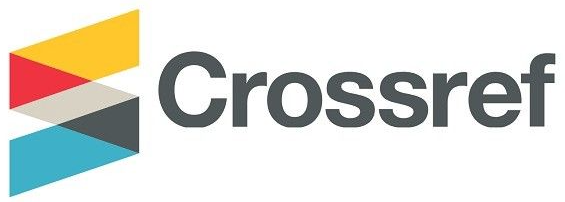Perancangan Sistem Terintegrasi pada Aplikasi Siklus Akuntansi dengan Evaluasi Technology Acceptance Model (TAM)
Abstract
The accounting cycle is used to see the picture of a company's circumstances in decision-making, whether the company gains or loses. The development of information technology at this time developed so rapidly, so the company is required to continue to innovate to improve company performance. Factors that cause information delays, lack of organized information processing and unintegrated data cause the company difficulties in controlling financial flows. This research designs an application of financial accounting cycle using Enterprise Resource Planning (ERP) and Technology Acceptance Model (TAM) approach. ERP is known as an integrated system between business processes with each other while the TAM model to see the factors of user acceptance of business process changes using the application. Based on the results of the design of applications that have been developed with several main criteria obtained the benefit criteria with 75% percentage, convenience criteria with percentage 76.67%, usability criteria with 77.5% percentage, graphic design criteria with percentage 80%, compatibility criterion with percentage 60 % and functionality criteria with a percentage of 72.5%, so it can be concluded that the application is useful, easy to use, but it is easier in controlling and making decisions based on these parameters
Downloads
References
[2] Dhining D., Rokhayati Y., Kurniawan, D.E., 2017 Penerapan Replikasi Data pada Aplikasi Ticketing Menggunakan Slony PostgreSQL. Journal of Applied Informatics and Computing (JAIC), Vol. 1 No.1 hal. 9-18.
[3] Kurniawan, D.E., Fajrianto, R., 2017. Sistem Pemantau Koneksi Internet Menggunakan Sistem Informasi Geografis dan SMS Gateway. Seminar Ilmiah Sistem Informasi dan Teknologi Informasi Jilid 5 Vol. 1
[4] Suwu, C.R., Sukarsa, I.M., Bayupati, I.P.A., 2016. Pengembangan Sistem HRM Terintegrasi dengan Pendekatan ERP. Jurnal Merpati Vol.4 No.3
[5] Akbar, R., Juliastrioza, Arici, Y.R., 2015. Penerapan Enterprise Resource Planning (ERP) untuk Sistem Informasi Pembelian, Persediaan, dan Penjualan Barang pada Toko Emi Grosir dan Eceran. Jurnal Teknosi Vol.1 No.1 Oktober 2015 Hal. 7-17
[6] Pratama, D., Witjaksono, W., Ambarsari, N., 2016. Penerapan Sistem Informasi Berbasis Enterprise Resource Planning Menggunakan SAP Modul Plant Maintenance di PT. Len Industri. Jurnal Sisfo Vol. 06 No. 01 Hal. 37-50.
[7] Wicaksono, A., Mulyo, H.H., Riantono, I.E., 2015. Analisis Dampak Penerapan Sistem ERP Terhadap Kinerja Pengguna. Jurnal Binus Business Review (BBR) Vol. 6 No.1 Hal. 25-34.
[8] Zaidir, Ardani, A. 2017. Analisis dan Perancangan Sistem Informasi Terintegrasi untuk Manajemen Produksi, Persediaan dan Distribusi Barang (Studi Kasus: Pabrik Kemasan Kertas CV. Yogyakartas). Jurnal Teknologi Informasi Vol XII No. 35
[9] Dalimunthe, N., Mustofa, G. 2016. Analisis Penerimaan Pelanggan Terhadap Sistem Informasi Website PLN dengan Model TAM. Seminar Nasional Sistem Informasi Indonesia, 1 November 2016
[10]Sayekti, F., Putarta, P., 2016. Penerapan Technology Acceptance Model (TAM) dalam Pengujian Model Penerimaan Sistem Informasi Keuangan Daerah . Jurnal Manajemen Teori dan Terapan Tahun 9. No.3
[11] Supriyati, 2017. Aplikasi Technology Acceptance Model Pada Sistem Informasi Manajemen Rumah Sakit. Jurnal Bisnis & Manajemen Vol.17 No.1 Hal. 81-102
Copyright (c) 2018 Jurnal RESTI (Rekayasa Sistem dan Teknologi Informasi)

This work is licensed under a Creative Commons Attribution 4.0 International License.
Copyright in each article belongs to the author
- The author acknowledges that the RESTI Journal (System Engineering and Information Technology) is the first publisher to publish with a license Creative Commons Attribution 4.0 International License.
- Authors can enter writing separately, arrange the non-exclusive distribution of manuscripts that have been published in this journal into other versions (eg sent to the author's institutional repository, publication in a book, etc.), by acknowledging that the manuscript has been published for the first time in the RESTI (Rekayasa Sistem dan Teknologi Informasi) journal ;







